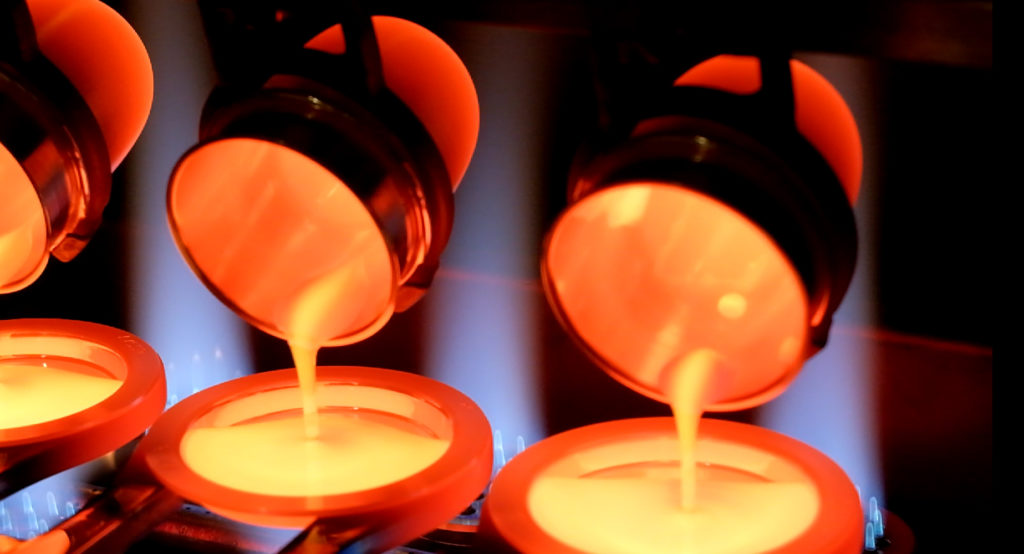Using a Platinum Crucible for Sample Fusion
Sample fusion involves dosing a powdered or granulated mineral sample with a careful ratio of lithium borate and any requisite additives, before melting the mixture in a high-temperature fusion heater. The heating chamber of a fusion fluxer regularly reaches temperatures of up to 1250°C (2282°F), necessitating precision labware with extreme thermodynamic stability and zero cross-reactivity with samples.
Platinum crucibles are routinely used for high-temperature sample fusion, owing to the material’s extremely high melting point and low chemical reactivity even at elevated temperatures. This enables analysts to prepare high-purity samples of near-perfect homogenous quality for accurate x-ray fluorescence (XRF) or inductively-coupled plasma (ICP) analysis.
In a previous blog post, XRF Scientific explored our full range of platinum crucibles in more detail. Here we will outline the distinct challenges for platinum crucibles in XRF and ICP sample preparation in further detail.

Challenges for Fusion Platinum Crucibles
The inherently high thermodynamic stability of platinum and its alloys is a key factor in its pervasive application in laboratory environments, but the material’s ductility is just as critical in the field of sample fusion. Platinum is exceptionally malleable and can be formed into numerous crucible profiles of broadly varying dimensions, from shallow platinum crucibles with volumetric capacities as low as 8ml to deeper Capsule-Kawin containers.
The purpose of this extensive range is to enable ideal containment of samples of varying chemical compositions and viscosities. Leading platinum crucibles can remain mechanically stable throughout high-temperature fusion processes, despite being subjected to significant internal strain from sample phase transitions as solid samples melts into an elastic, molten mix.
The profile depth and geometry of a platinum crucible determines the volume of sample mixture that can be fused and distributed into a platinum mold, as well as the appropriate levels of agitation during the heating process. Crucibles can be rocked to varying degrees to encourage the mineral sample to fuse homogenously with the lithium metaborate or lithium tetraborate mixture. Reinforced lids are available for improved stability during process reactivity, particularly for volatile compounds.
Platinum crucibles are typically manufactured using pure platinum or alloys with varying levels of rhodium or gold. Platinum—gold crucibles with nominal gold contents of 5% and a melting point range of between 1780 – 1850°C are broadly considered the industry benchmark of platinum crucibles for fusion sample preparation, with an improved thermodynamic stability over pure platinum. They can be used at continuous temperatures of between 1250 – 1300°C (2282 – 2372°F) and are completely non-wetting to molten glass, enabling improved sample removal for increased sample preparation throughput.
Platinum Crucibles from XRF Scientific
XRF Scientific has dedicated years to the optimization of fusion labware for XRF and ICP sample preparation, with a range of laboratory instrument suitable for numerous industry requirements. Our machinery can support low, medium, and high throughput environments, and our platinum crucibles are universally suitable for laboratory environments across the world.
If you would like any more information about using our platinum crucibles for fusion sample preparation, please do not hesitate to contact us.









